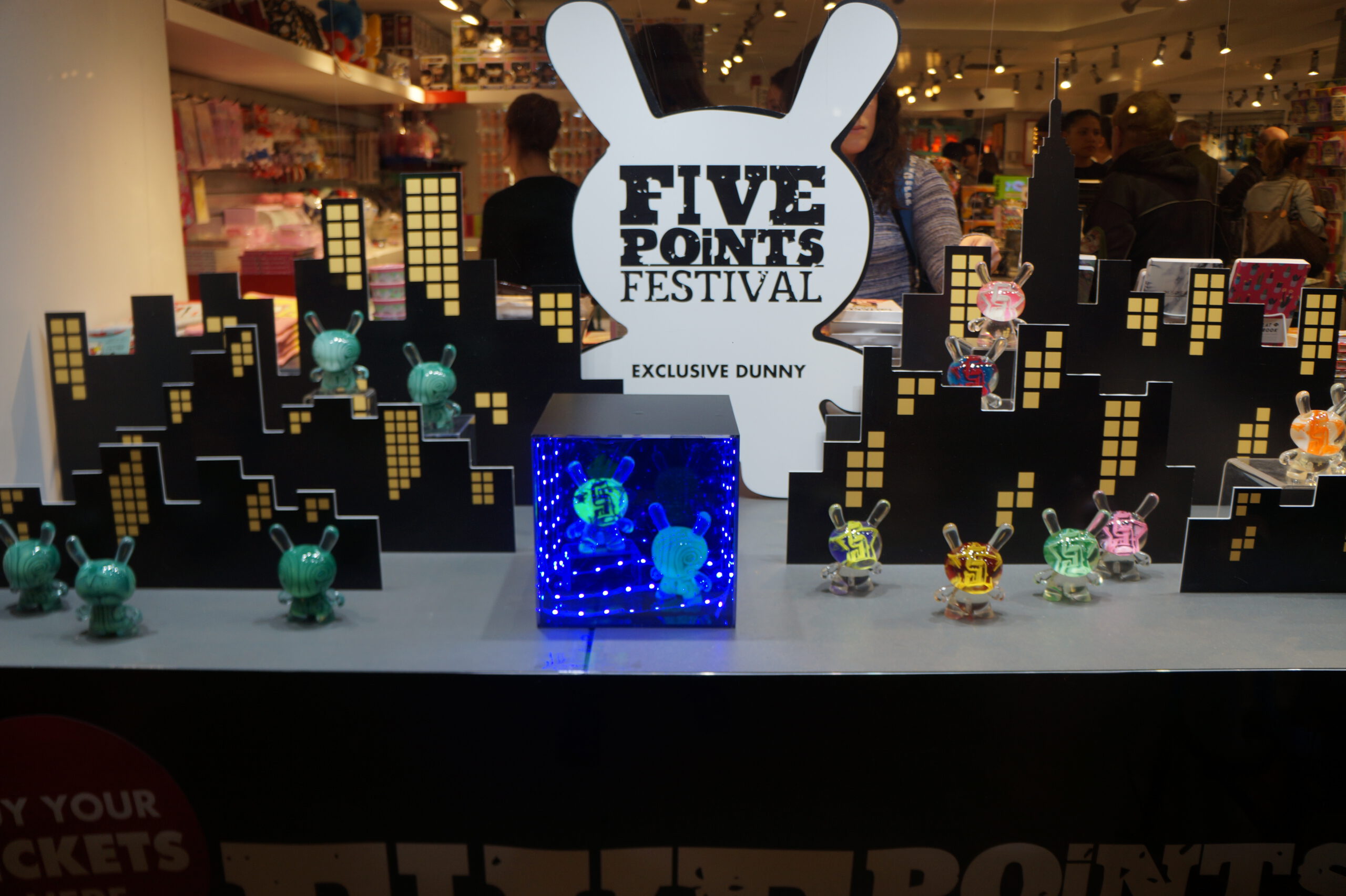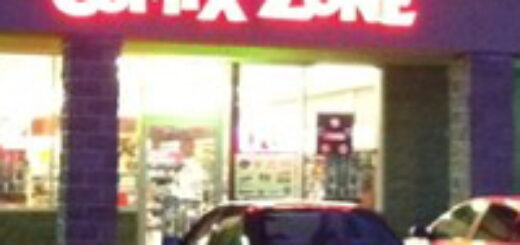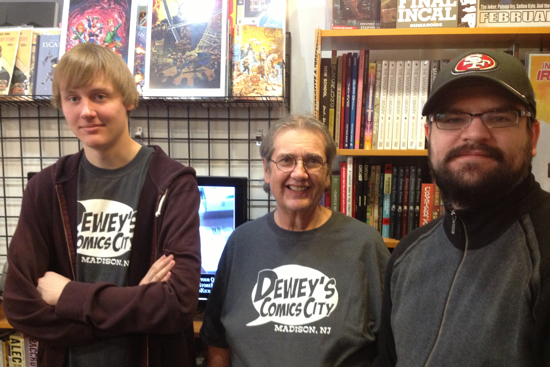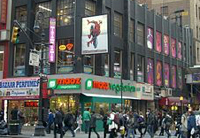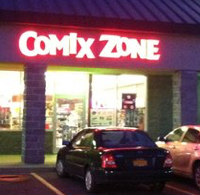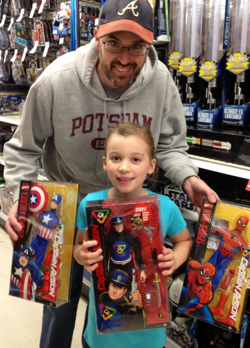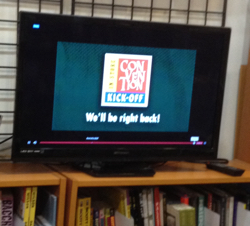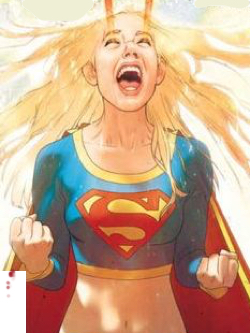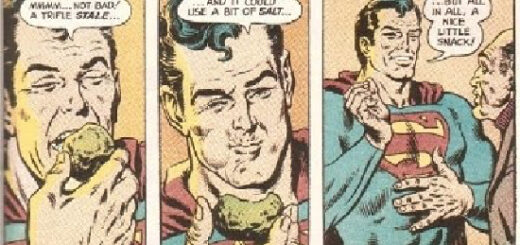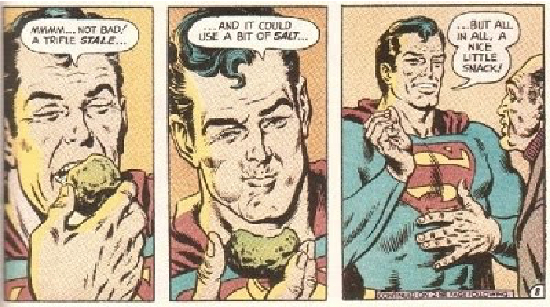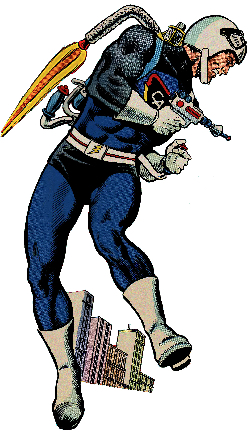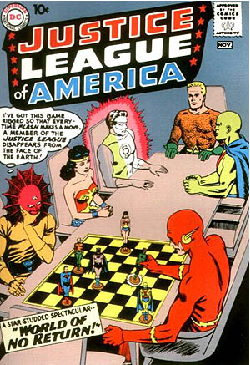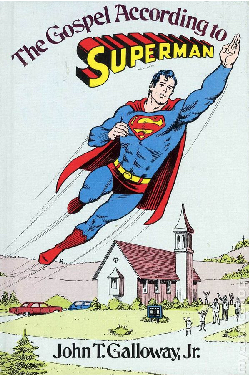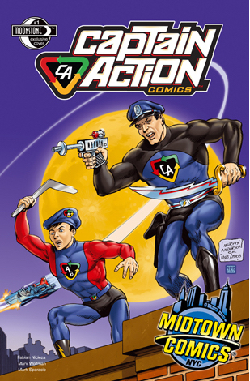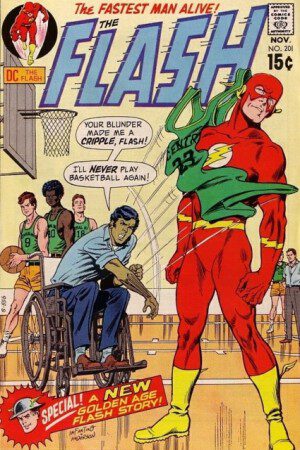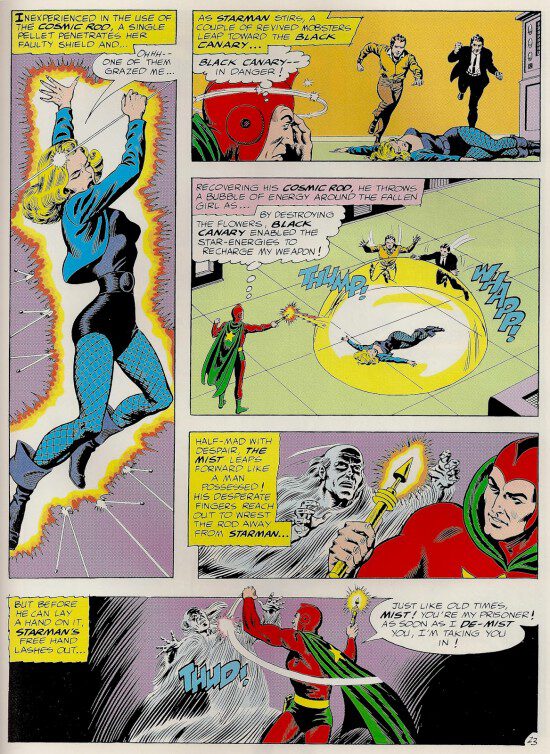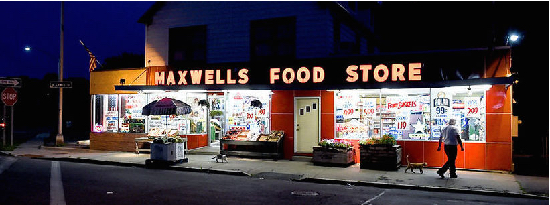Joe Corallo: Five Points for New York
This past weekend was the inaugural Five Points Festival at Pier 36 here in Manhattan. It’s a brand new fan convention organized by Clutter and Midtown Comics. The festival focused on comics and toys on the Saturday and Sunday, with the Designer Toy Awards Friday night, which is run by Clutter. I went with ComicMix’s own Molly Jackson, and we both ended up enjoying the show.
In honor of this being the Five Points Festival, here are my five points about the show.
- Great comics guests for a first time show! Midtown Comics really stepped up to bring in a few out of towners like Bryan Lee O’Malley and James Tynion IV, local or pseudo local heavy hitters that don’t appear here too often like Greg Capullo and Sean Gordon Murphy, industry legends that go back to the dawn of the Bronze Age of comics like Joe Staton who I just chatted with here at ComicMix a couple of ago, and indie comics people like Tee Franklin, a champion of diversity. Fans of Midtown Comics who have been to a lot of their signings over the years would be familiar with many of the names, but they went above and beyond to bring in a great line up for a first year show.
- The toys. Molly is far more toy literate than me, but walking around the convention with her was like getting a 101 class in toys. Everything from Funko Pops for about $10 to one of a kind designer toys worth several hundred dollars were on display. They had toy sculptors at tables doing signings and incredibly designed and carefully detailed figures with lines just waiting to see them. It made me wish I was a bit more into toys, but then I remembered I don’t have that much room at home to put them anyway.
- The food trucks. They had a nice fenced off area you could access after getting into Pier 36 with a good half a dozen food trucks. The first day we were there we went with some amazing BBQ sandwiches and the second day we had Phil’s Steaks. Molly’s order got delayed at Phil’s Steaks and they upgraded her sandwich and gave her a free order of fries. Couldn’t have asked for better service. Molly and I agreed that they could have used more tables and chairs outside for all the hungry con goers. Hopefully next year.
- No panels. Okay, I know some people don’t care about panels and would rather just walk the show floor. I get that, and I’ve done that at my fair share of shows as well. I also get that the venue maybe wasn’t equipped for room big enough and quiet enough to hold panels. They are one of my favorite things to go to at a convention though, and with all the big names in comics and toys that were available it really would have been great to see a few panels. Nothing crazy. Maybe like how MoCCA Fest does it where they just have two panel rooms and a few panels in each room a day. I bitch and moan about conventions that have panels off site, but maybe next year having some panels taking place down the road from the venue would be a good idea. It almost feels like a waste to have Nick Spencer, Scott Snyder, Bryan Lee O’Malley and all these big names and to not get to see them talk about their latest projects. On the plus side, we didn’t have to endure panel audience questions in which people talk about themselves for minutes on end then don’t end up really asking a question. Maybe Molly and I should have a panel about panel questions one day. I don’t know if we’ll take any questions though.
- The venue. Pier 36, while possibly not being able to hold panels in it, was a perfectly sized venue for this convention. The con felt well attended without it becoming impossible to move in the venue, you could hear everyone, easily accessible bathrooms without long waits, perfect temperature inside (for me at least), a separate area reserved as a lounge for guests, and a charging station for exhibitors. It really was a nice set up in many ways. A fancy press lounge would have been nice, but as I was there with a Press Pass I’m a bit biased about that. The venue only suffers in that it’s a bit out of the way for most people. The only train close to it is the F and it’s about a ten minute walk from there. And because the F was a bit of a mess this past weekend it took some people a while to get there. I know that’s outside of the control of the convention, but if it is at Pier 36 again next year make sure to give yourself a little extra travel time.
Overall, I really enjoyed Five Points Festival. It was a good show in it’s own right, many of the comic guests and other vendors seemed to do well with sales, and this show fills a void left after ReedPOP stopped doing Special Edition NYC which was a fun show that I miss and was in some ways more fun than NYCC.
Anyway, I haven’t watched the new Twin Peaks yet, so I have to get going. No spoilers please!

